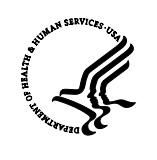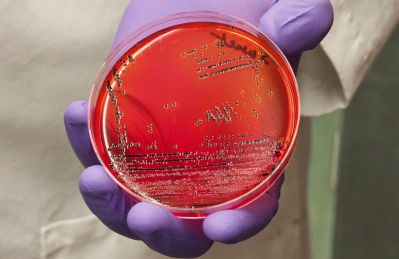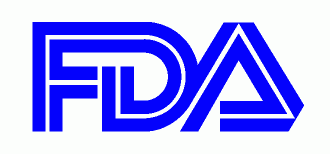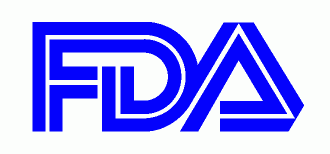Report damns ‘significant weaknesses’ in FDA food safety oversight

In a comprehensive report, ‘Vulnerabilities in FDA’s Oversight of State Food Inspection Facilities’, the Office of the Inspector General (OIG), within the US Department of Health and Human Services, said that the FDA had failed to ensure that the required number of inspections took place in eight states.
“Moreover, in eight states, the FDA paid for many inspections that were incomplete,” the OIG said when summarising its findings, based upon inspection activities in the year 2009.
The FDA conducts its own inspections, but increasingly relies on state agencies to inspect sites on its behalf (59 per cent of inspections were contracted out in 2009) and the OIG report said concerns had grown about the rigor of state inspections in recent years.
“For example, the peanut processing plant responsible for a 2009 salmonella outbreak [which led to one of the largest food recalls in US history] was inspected multiple times by a state agency working on behalf of the FDA,” the report noted.
Audit count not met
The FDA – which is responsible for safeguarding the US food supply and routinely inspecting food facilities – also failed to complete the requisite number of audits (10 per cent out of 2,170 inspections were not conducted in 2009) in one third of states with inspection contracts, the OIG found.
The report authors wrote: “FDA guidance requires that a minimum of seven per cent of a state’s contract inspections be audited each year. However, the FDA failed to complete the required number of audits in 14 of 41 states.
“Additionally, the audits in 10 states revealed systemic problems that needed to be corrected; however the FDA initiated corrective action in only four of these states,” they added.
The FDA’s failings did not stop there, so far as the OIG was concerned. The latter said that the FDA had also not ensured that all inspections were properly classified and that violations identified were remedied.
FDA officials confused
The office explained that – upon the basis of violations unearthed during each inspection – the FDA assigns each inspection a classification, with an ‘official action indicated’ (OAI) classification normally assigned when the most serious violations are identified.
But the OIG said: “We found that FDA officials were often unclear about how to classify contract inspections. Specifically, officials responsible for 11 states reported that they would not assign OAI classifications to state inspections under any circumstances, contrary to FDA guidance.
“Additionally, FDA officials reported that when states are responsible for correcting violations, FDA was not always informed about actions taken by the states. As a result, the FDA was unable to ensure that all inspection violations were remedied," it added.
In sum, the OIG report recommended that the FDA ensure that all contract inspections are completed, documented properly and “appropriately paid for”.
Other guidance for the FDA included ensuring contract inspections were properly classified (in line with the FDA’s own guidance), checking that violations are remedied, ensuring minimum audit rates in all states and addressing “systemic problems” identified by audits.






















